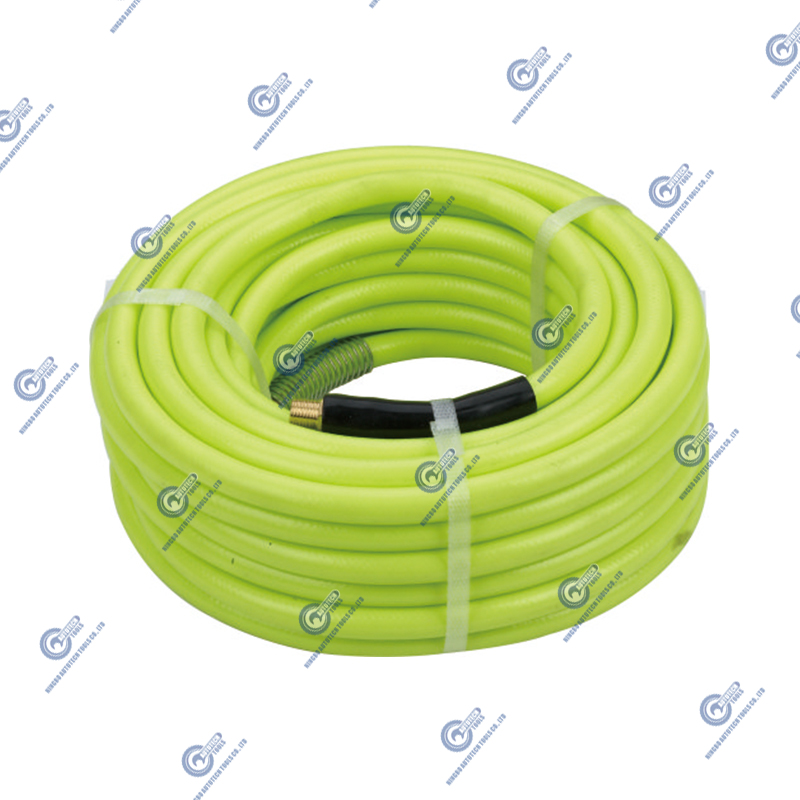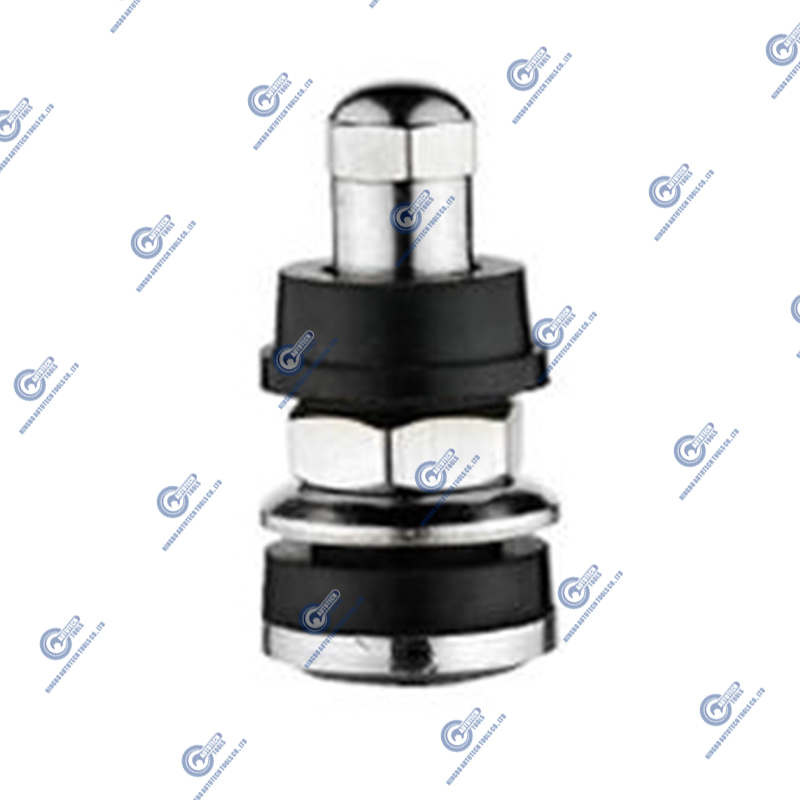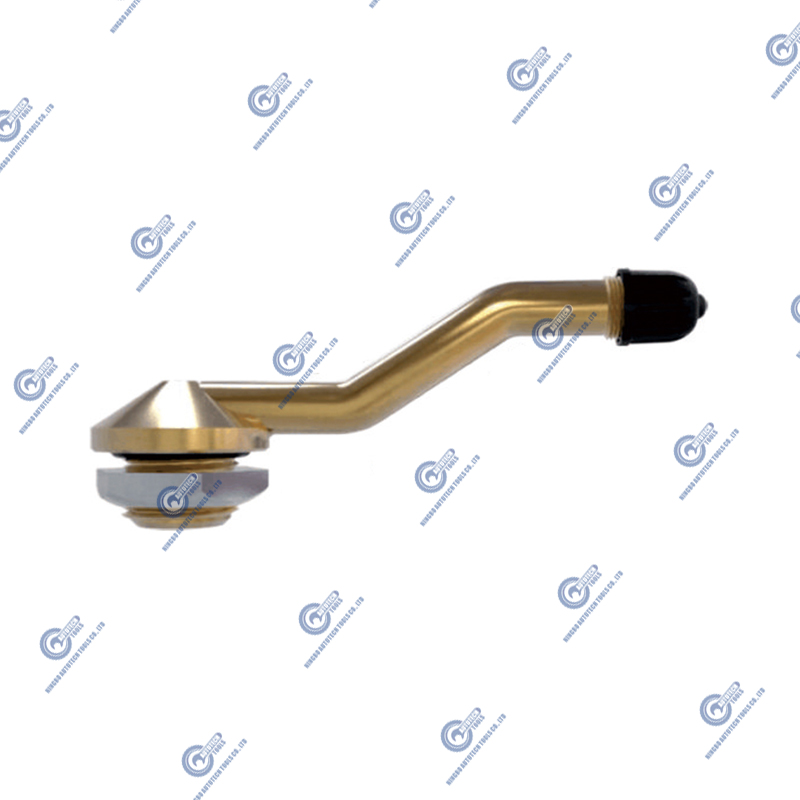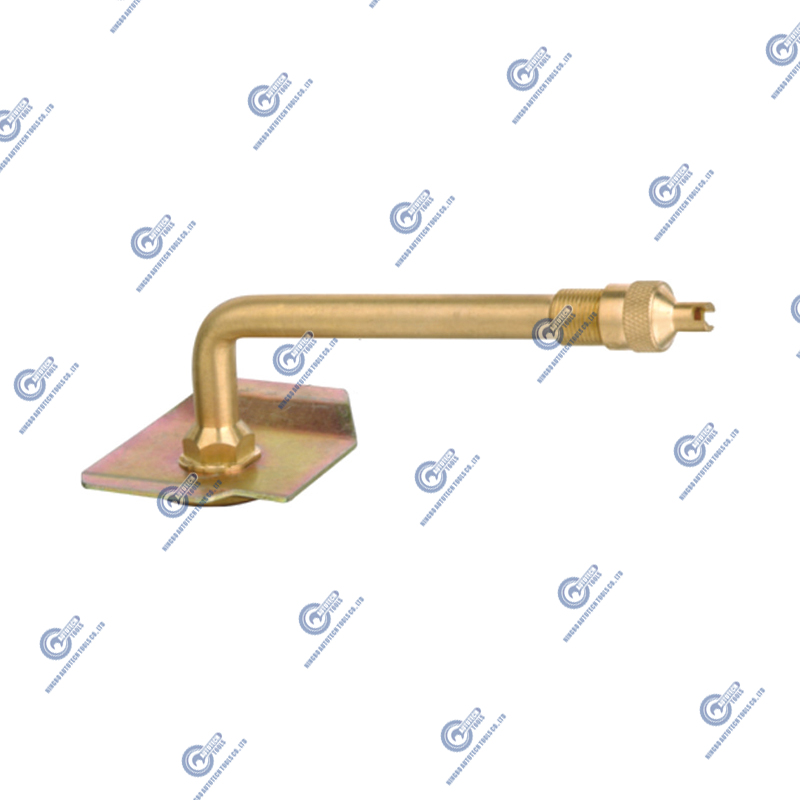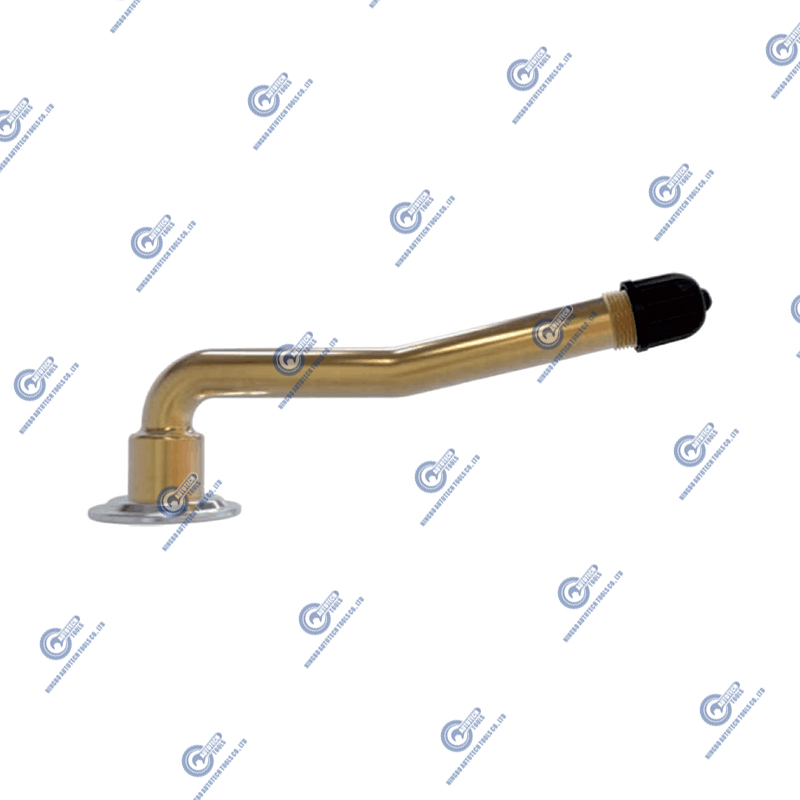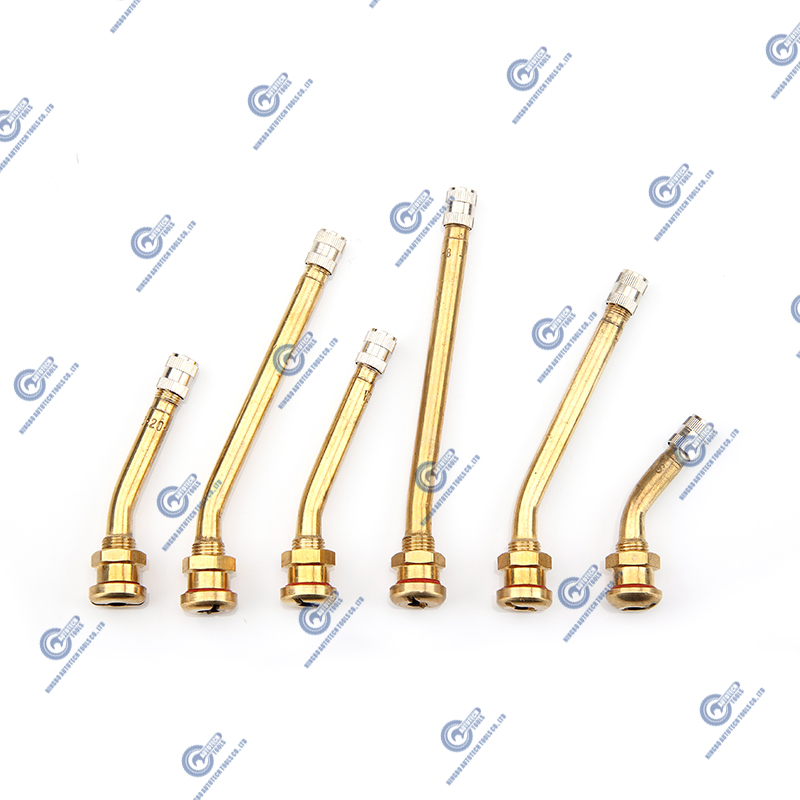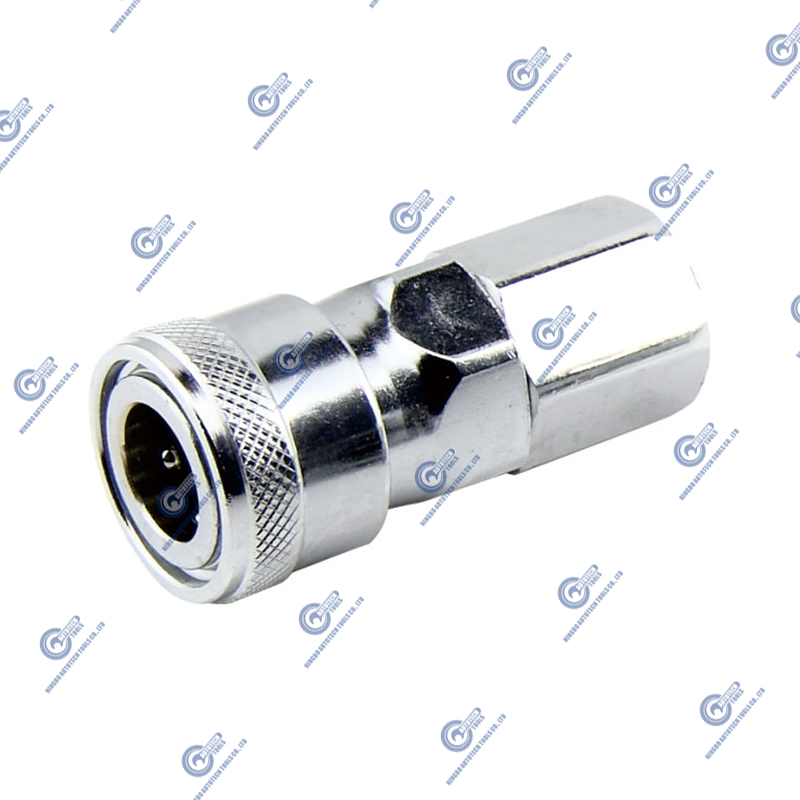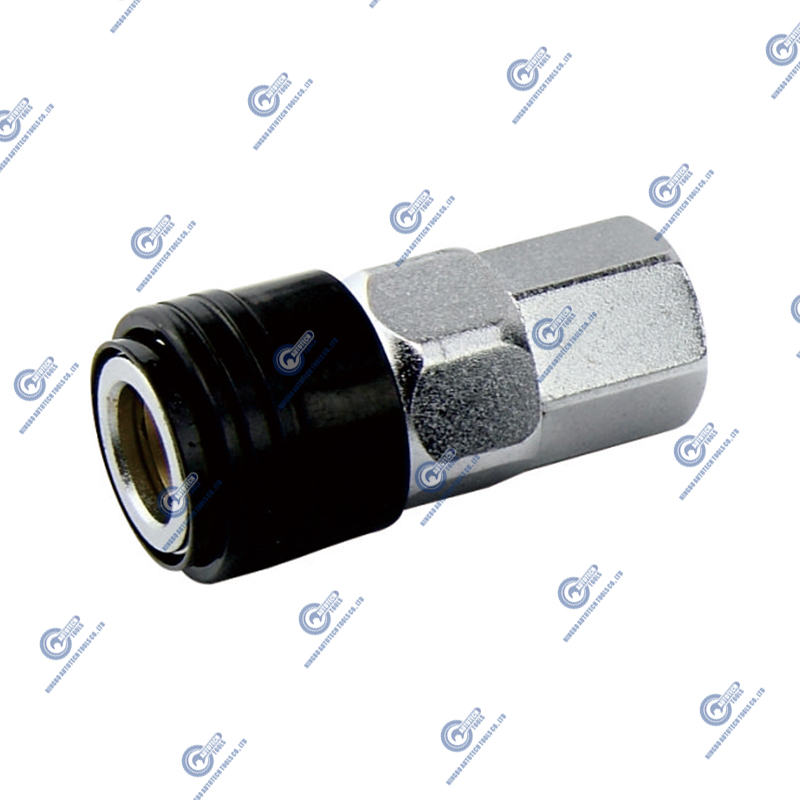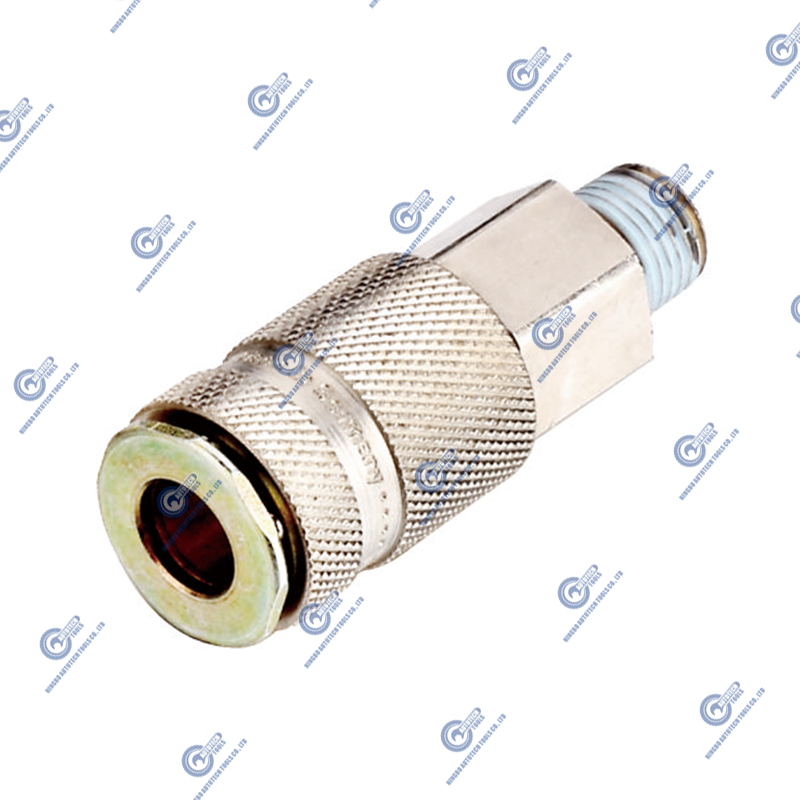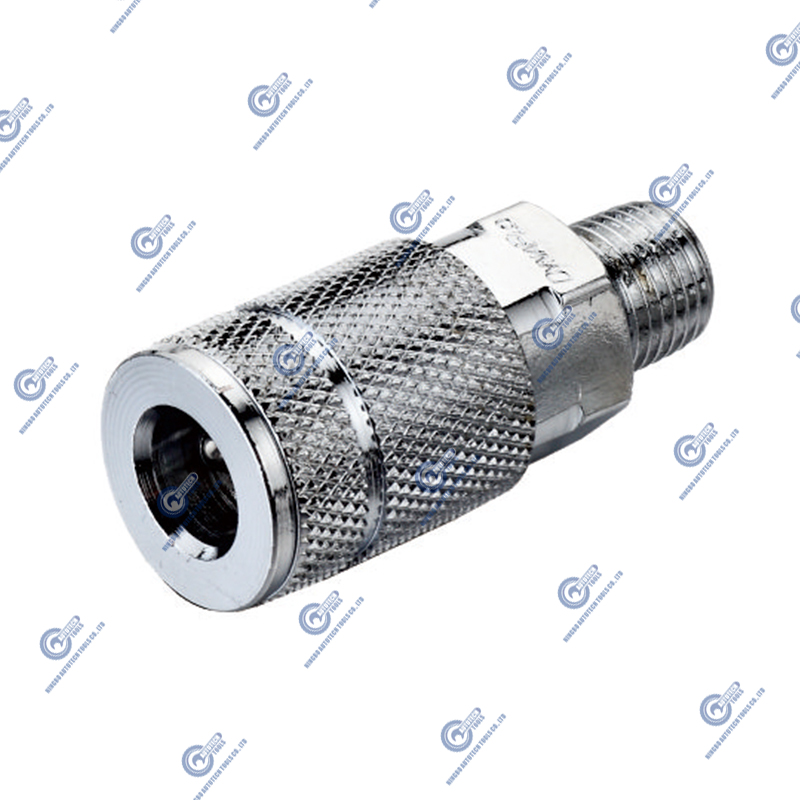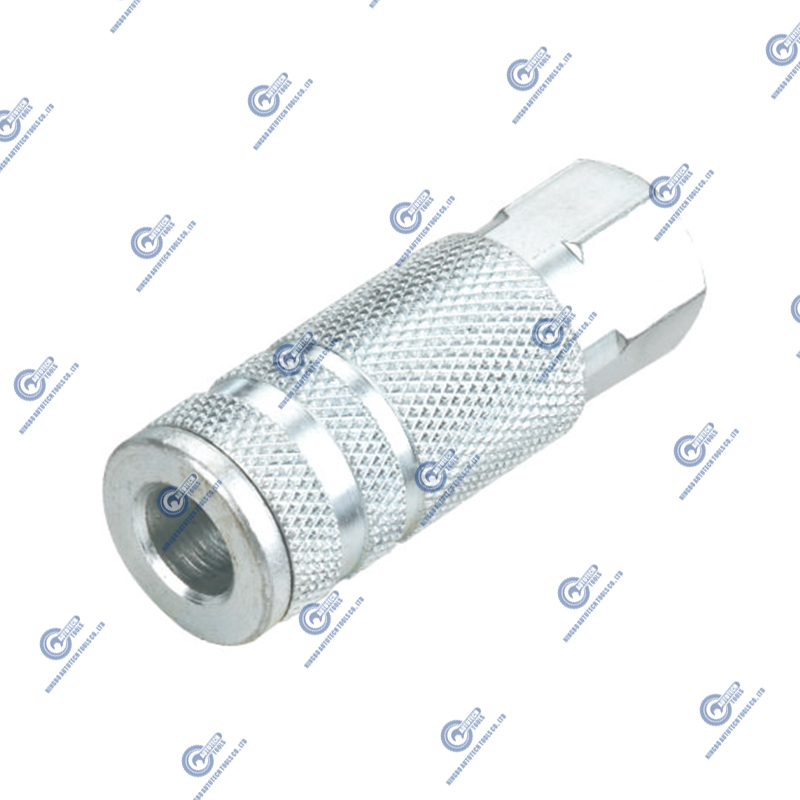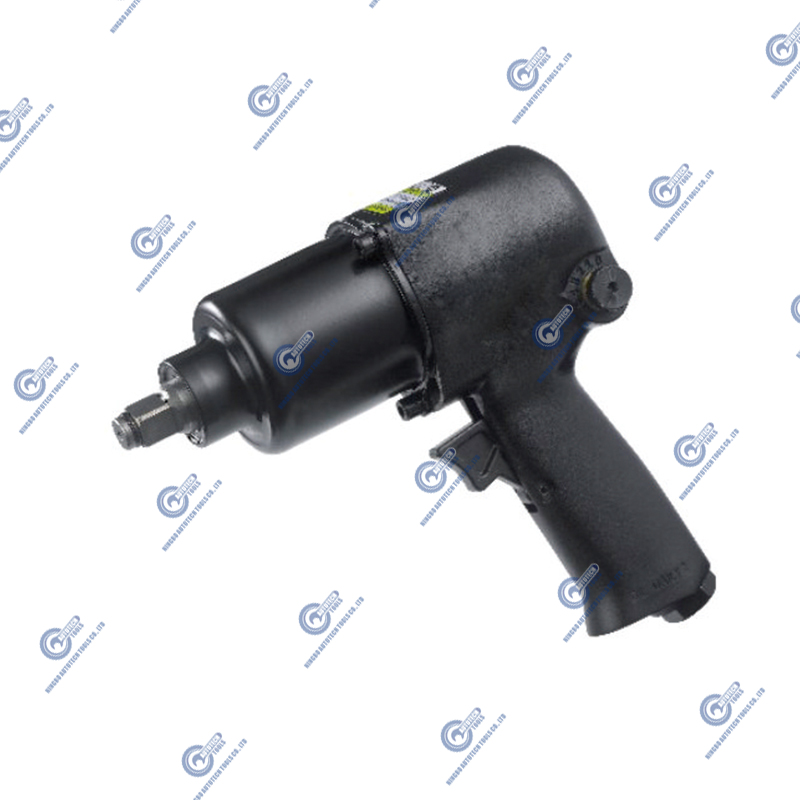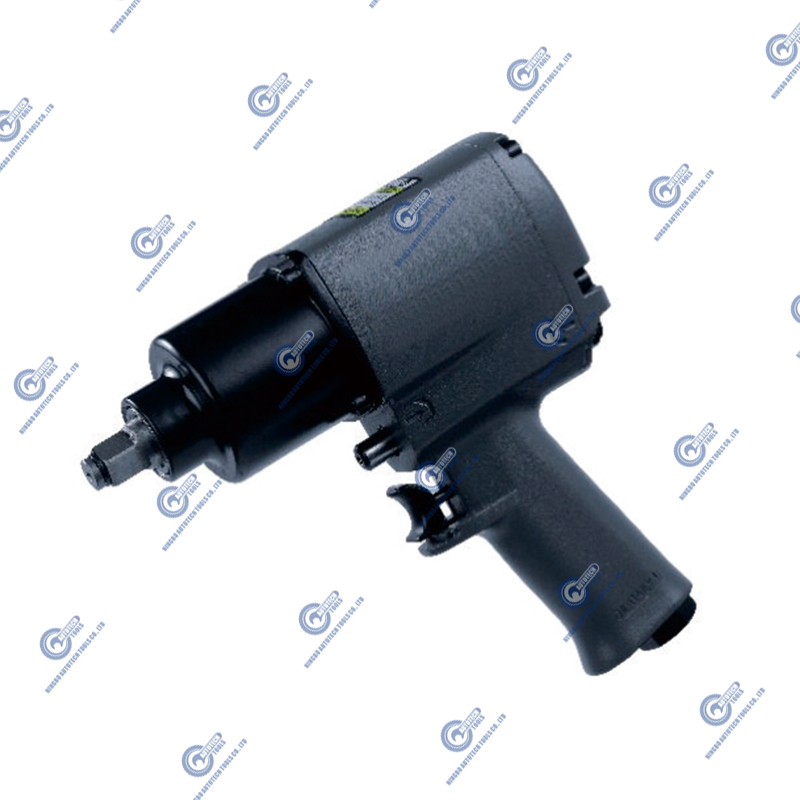What is an Air Hose? What role does it play in industry and daily use?
 2025.10.20
2025.10.20
 Industry news
Industry news
What is an Air Hose? What role does it play in industry and daily use?
Definition of Air Hose
An Air Hose is a flexible tube used for delivering compressed air. It is usually made of rubber, PVC, or polyurethane, capable of withstanding a certain working pressure while maintaining good flexibility.
Core Functions of an Air Hose
- Transport compressed air: Transfers air from compressors to pneumatic tools.
- Ensure system stability: Maintains stable pressure, prevents leaks that reduce efficiency.
- Improve flexibility: Lightweight and flexible, allowing tools and equipment to move freely.
Industrial Applications
- Manufacturing: Powering spray guns, grinders, and other pneumatic tools.
- Automotive industry: Tire inflation and pneumatic wrenches.
- Construction sites: Connecting nail guns and drills.
Daily Applications
- Home air pumps: For car or bicycle tire inflation.
- DIY painting: Used with small air compressors.
- Dust removal: Blowing away dust with airflow.
How to choose the right Air Hose material and specifications?
Material Comparison
| Material Type | Features | Suitable Scenarios |
|---|---|---|
| Rubber | Durable, high pressure resistance, flexible | Heavy-duty industrial use |
| PVC | Lightweight, affordable, corrosion resistant | Home use, light-duty industry |
| Polyurethane | Highly flexible, good cold resistance | Outdoor, mobile applications |
Specification Selection
- Inner diameter: Affects airflow, common sizes 6mm, 8mm, 10mm.
- Length: Choose according to working range, usually 5m, 10m, or 20m.
- Pressure rating: Should exceed the working pressure of equipment, typically 8bar–20bar.
How to determine the working pressure and temperature range of an Air Hose?
Working Pressure
Working pressure refers to the maximum pressure the hose can safely withstand during normal use. It should be at least 1.25 times higher than the operating pressure of the equipment.
Burst Pressure
Burst pressure is the maximum limit pressure a hose can endure, usually three times the working pressure.
Temperature Range
- Rubber hoses: -30℃ to +90℃
- PVC hoses: -10℃ to +60℃
- Polyurethane hoses: -40℃ to +80℃
What’s the difference between reel-type and straight Air Hoses?
Reel-Type Air Hose
- Advantages: Neat storage, prevents tangling, ideal for frequent use.
- Disadvantages: Slightly more expensive and heavier.
Straight Air Hose
- Advantages: Economical, flexible, and easy to move.
- Disadvantages: Prone to tangling, takes up more space.
Best Use Cases
- Reel-type: Auto repair shops, factory workshops.
- Straight: Small studios, home DIY projects.
Why are Air Hoses so important in auto repair and pneumatic tools?
Applications in Auto Repair
- Tire inflation
- Painting and coating
- Pneumatic wrenches: Efficient bolt removal.
Role in Pneumatic Tools
An Air Hose is the “lifeline” of pneumatic tools. Without a stable air supply, tools cannot deliver sufficient power.
Impact on Safety and Efficiency
- Leaks → Reduced tool performance.
- Overloading → Possible hose rupture.
How to properly install and connect an Air Hose to ensure airtightness?
Key Installation Points
- Check fittings: Ensure smooth, burr-free connectors.
- Use proper couplers: Choose matching quick-connect fittings.
- Add sealing tape: Prevent leaks at joints.
Connection Method
- Compressor outlet → Air Hose → Tool inlet
- Make sure every joint is fully inserted and tightened.
Things to Avoid
- Excessive bending
- Contact with oils or sharp objects
How to detect and repair leaks or damage in an Air Hose?
Detection Methods
- Soap water test: Bubbles at fittings indicate leaks.
- Sound test: Listen closely for air hissing sounds.
Repair Methods
- Minor damage: Use specialized repair tape.
- Fitting leaks: Replace couplers or add sealing tape.
- Severe rupture: Replace with a new hose.
How long is the service life of an Air Hose, and what factors affect durability?
Typical Service Life
Under normal conditions, a high-quality Air Hose lasts 3–5 years.
Influencing Factors
- Material: Rubber > Polyurethane > PVC
- Environment: High heat, oil, and chemicals shorten lifespan.
- Usage habits: Frequent pulling or sharp bends accelerate aging.
How to clean and store an Air Hose to extend its lifespan?
Cleaning Methods
- Regular wiping: Remove oil and dust with a dry cloth.
- Flush inside: Occasionally rinse interior to remove residue.
Storage Tips
- Avoid direct sunlight
- Do not fold too tightly
- Hang or store on a reel
What safety precautions should be followed when using an Air Hose?
Operational Safety
- Check air pressure: Never exceed rated pressure.
- Avoid sharp bends: Prevent bursting.
Environmental Safety
- Keep away from flames: Prevent exposure to high heat.
- Avoid chemicals: Protect hose from corrosion.
Personal Safety
- Wear protective goggles: Prevent injury from high-pressure air.
- Replace aged hoses regularly: Reduce accident risks.



